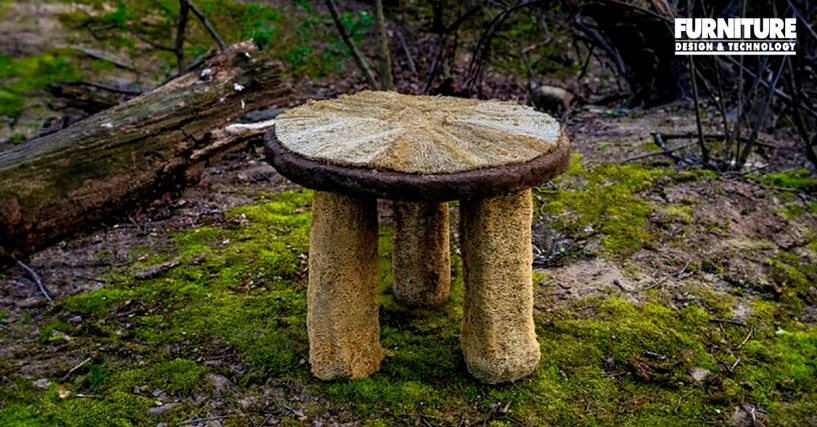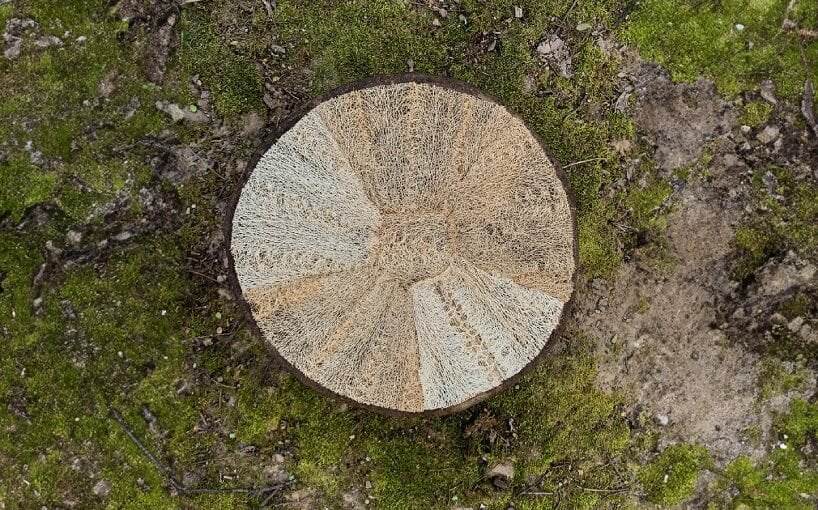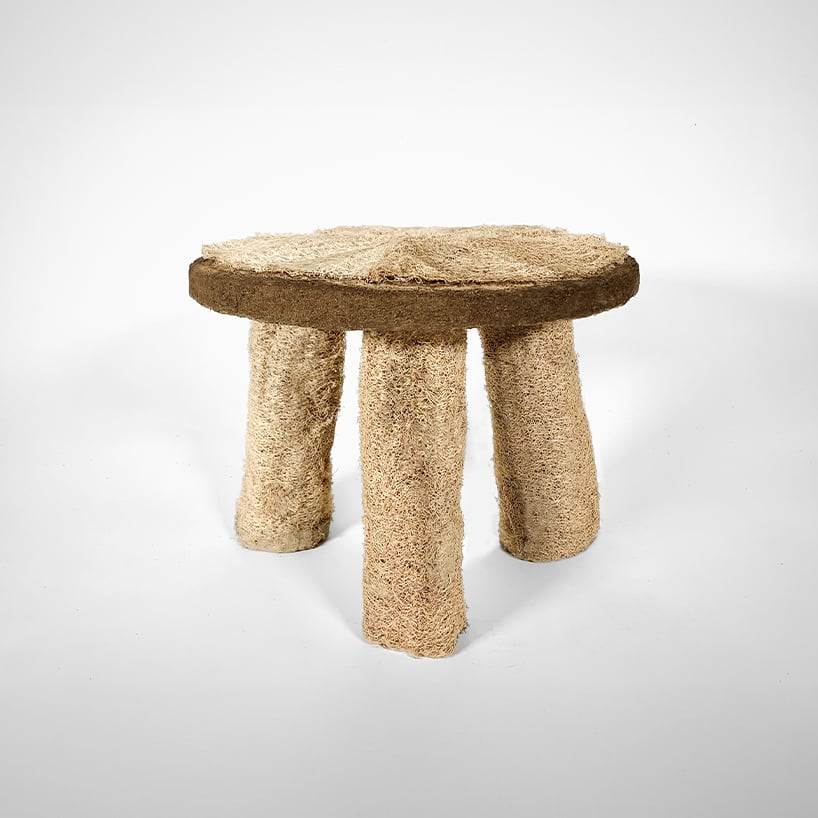
The Luffa Stoolita project, conceived by master’s students Justin Wan, Paul Edward Liu and Tim Ting-Hao Chen at Columbia University GSAPP, represents a pioneering exploration into the utilization of plant-based by-products and food waste as alternative materials for furniture design. By repurposing natural waste materials, particularly luffa fruit and spent coffee grounds, the project not only challenges conventional notions of sustainable furniture but also prompts critical reflection on responsible consumption and waste management practices. Know more about it on FURNITURE DESIGN AND TECHNOLOGY (FDT).

Throughout the research and design process, the team prioritized environmental sustainability by sourcing all materials locally, aligning with a commitment to reduce ecological footprint. In response to the escalating concerns surrounding food wastage, exacerbated by the rise of online food delivery services, the Luffa Stoolita project presents an innovative approach to repurpose food waste for furniture construction. Guided by Professor Lola Ben Alon, the research initiative focuses on harnessing the physical properties of luffa fruit to enhance the structural integrity and durability of earth-based designs. The project emphasizes the integration of luffa sponges, combined with spent coffee grounds and clay-rich soil, as key components for developing the stool design.
Throughout the design process, the team explored various combinations and ratios of materials to optimize the earth blend for both the seat and leg segments of the stool. Leveraging the inherent tensile properties of luffa, the legs were engineered from halved luffa segments, filled with the earth-coffee blend to ensure proper compaction and durability. Similarly, the seat base incorporated a reinforced earth blend mixed with shredded luffa to control shrinkage and provide flexibility.

The cushion, crafted from the outer surface of the luffa fruit, offered enhanced comfort and visual appeal, featuring intricate patterns from the seeds. Careful assembly techniques ensured optimal adhesion between the cushion and seat base, resulting in a sturdy and compact design that seamlessly combines the lightweight properties of luffa with the strength of earthen materials.
Image credit: Justin Wan
Furniture Design India and the magazine FURNITURE DESIGN & TECHNOLOGY (FDT magazine) are from the trusted 22-year-old media house of SURFACES REPORTER and PLY REPORTER.
FDT is a B2B monthly bilingual magazine from India that shares the pulse of the furniture business in India and connects the manufacturers, OEMS, product designers, architects, showrooms, designers and dealers.
Read More© 2025 Furniture Design and Technologies.. All Rights Reserved. Developed by eyeQ Advertising